Good Morning! I hope that you all had a great Hallo-Weekend! Despite the absence of the annual parties and happenings on St. John this weekend, I assure you that the residents, and visitors, of the island did not hence to put on their own show. There were so many amazing costumes running around town all weekend. It’s not shocking that so many people put in the effort to make the weekend festive, even with a lack of festivities. The kids AND adults of Love City put on a great show this weekend. Thank you to all who came out in their Halloween best. You truly put a smile on my face!
I hate to be a bummer on a Monday morning, but I am afraid I have some not so great news to share with you today. St. John’s beloved Baobab Tree, located on the L’Esperance Trail, lost its battle with a pest last week after community supporters and experts waged the war alongside it for the past year.

The Baobab Tree is known, in Africa, as the “Tree of Life.” A succulent, these millions of years old gentle giants retain water during the rainy seasons in order to continue to flourish during the drier times of year. Across the African Savannahs, during droughts and dry seasons, the Baobab remains strong and lively while everything around it grows dry and weary. Hence its name…

The Baobab is native to Africa and can be found in 32 countries on its home continent. Over time, it has found its way to other places, namely the Caribbean and Asia. According to an article from the Virgin Islands Daily News (August 7, 2021), the seeds of the “Tree of Life” were coveted by the people of Africa and were made into jewelry and brought along for long journeys in pouches as snacks and sustenance. The majority of the Baobab Trees around the Caribbean Islands were most likely planted by enslaved Africans, brought to the islands to tend the sugar plantations. The astute Baobab, as it grew, was likely a reminder of the comforts of their home in a foreign and unforgiving place.
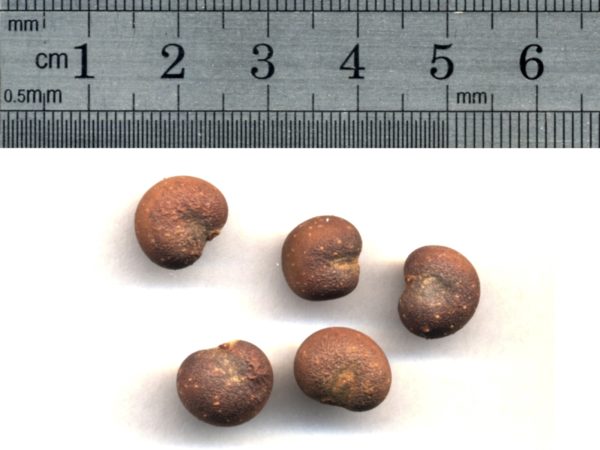
And so, it can be assumed that the Baobab on St. John was also a product generational ancestors of native St. Johnians, brought to this island in slavery and planted as a remembrance of home. Thus making it a hundreds of years old natural symbol of history to the people of the Virgin Islands. But, for the past year, the beloved tree has been infested with the Mango Stem Borer.
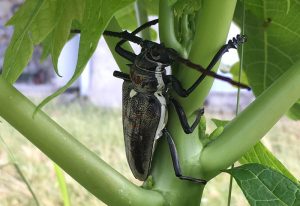
This particular pest is native to Asia and, according to the post from the Friends of Virgin Islands National Park last week, is native to Asia and also poses a threat to fig, mango, guava, jackfruit and pomegranate trees. The beetle burrows into the tree to lay its eggs and the 2-3 centimeter wide tunnels interrupt the flow of sap, which, most often, leads to the death of the tree (whatsthatbug.com). The pest was most likely brought to St. John via the importation of landscaping plants for private gardens.
For the past year, Friends VINP along with the Virgin Islands National Park and local horticulturist, Eleanor Gibney, have been fighting to save the ancient Baobab from the effects of this pestilent beetle. And, last week, Friends announced that the Mango Stem Borer won the battle with the tree and the community members who fought to keep it alive.
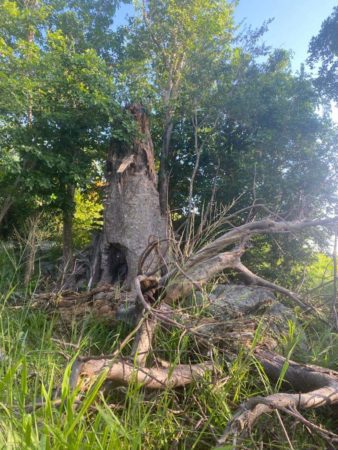
If you have ever had the privilege of rounding that corner of the L’Esperance trail to take in that ancient and majestic tree, you’ll understand just how important the solace it provided was. How you could almost feel the hundreds of years of its age. Its wisdom. Its history. The decay of the Baobab is the end of a centuries old era and the Friends are on the hunt for a substitution so that future generations may experience the same.
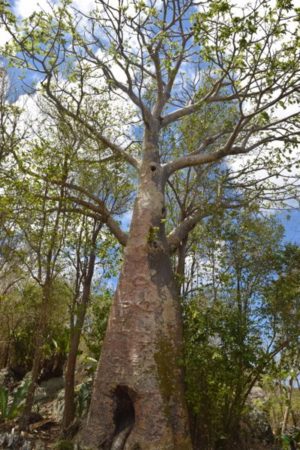
Currently, Friends VINP has acquired some Baobab seeds from St. Croix and have procured at least one Baobab seedling, donated by Steve and Janet Simonsen. The famed St. John photographer and his wife donated their baby Baobab, lovingly known as “Bob,” to Friends VINP in hopes that one day he will flourish in the VI National Park, much like his predecessor.
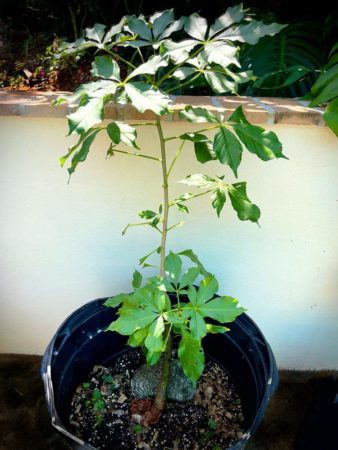
The native plant team with the local non-profit is currently on the hunt for more Baobab plants. If you have a Baobab plant and would be willing to donate or sell it to Friends VINP, please email Mark Gestwicki.
Rest in Peace dear gentle Baobab giant. I will truly miss the many somber moments spent at the wisdom of your roots.


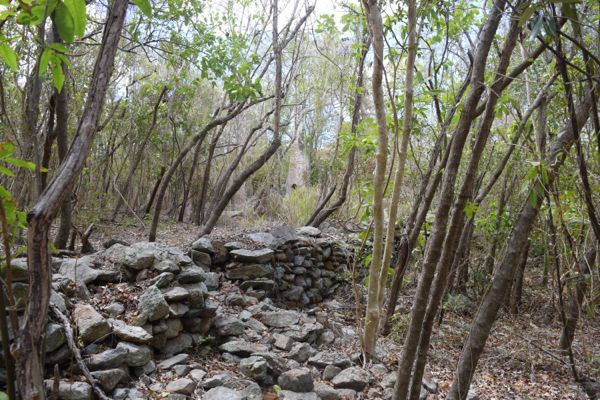
So sad to read this. Thanks to the Simonsen’s for their lovely baby tree. Let’s hope it takes. How does one go about getting rid of the beetle in an ecological way?
I am curious as to the age of the tree. Will anyone count the rings?
Also, what can be done to eradicate the beetle?
Just curious. I love St John, and hope to be back there soon
Baobabs don’t have rings. they aren’t like wood trees that we know…. They are really succuents or at least succulent like.
This is the saddest news.
This is sad news. That tree had such a presence; I always stopped to visit.
Sad to hear this news. Maybe it can be harvested and used by an artist to carve/sculpt a piece of art or totem that reflects it’s historical significance to the ancestors of those who may have planted it.
So sad to hear. Was fortunate to have stood under that amazing tree just last month. Praying success for any replacement efforts!
You should contact the Cook County Forest Preserves and the Chicago Botanic Garden for Assistance about the pest. We have a similar problem with Emerald Ash Borer around Chicago.
I think these pests are beetles but I am not sure.
Let me know if I can help.
Bonnie A. Bowler
847-864-6443
Sorry to hear the news. Landscaping plants should be local and not imported. Period.
The Caribbean Baobab Tree
Seed sacred to the kidnapped soul,
Carried over an uncaring sea,
Were you planted in reverence by a caring hand
To nurture hope in a new land?
Or was it when despair sank to the core
At the thought of home lost forevermore?
Time may heal, but may not tell
That perhaps you grew from a shallow grave?
Very sad news. 🙁